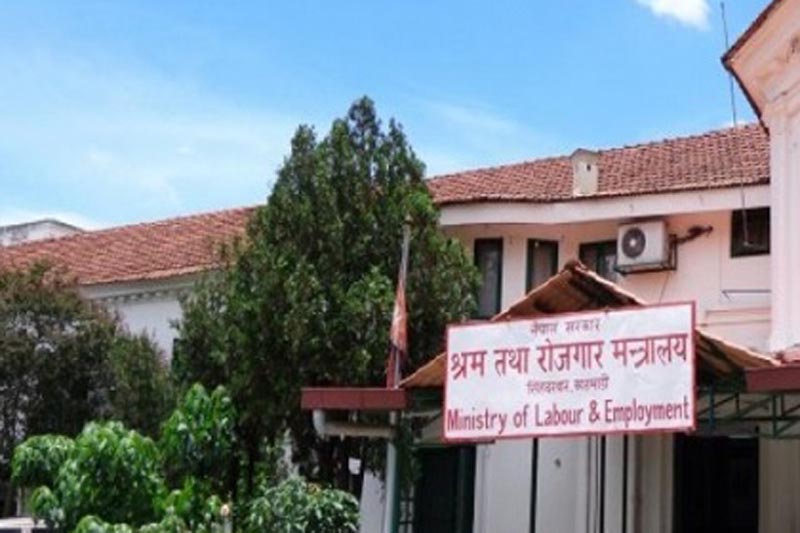South Korea extends visa of Nepali migrants
Kathmandu, April 14
The South Korean government has decided to extend by 50 days the visa of Nepali workers who had gone there via the Employment Permit System.
According to the Ministry of Employment and Labour of South Korea, migrant workers from 15 countries, including Nepal, will benefit from this decision.
As per the decision, workers who had reached South Korea under the EPS and whose visa expired today, but could not go home due to the coronavirus pandemic will get visa extension of 50 days. Workers going to Korea under EPS can stay and work there for four years and 10 months.
Nearly 18,500 migrant workers with E-9 visa have benefited from this decision. Before this also, the visa term of this category of workers was extended by 50 days in February.
Meanwhile, those Nepali migrant workers who are awaiting their turn to go to South Korea to work under EPS have also been impacted by the global COVID-19 outbreak.
The EPS Korea Section, under the Department of Foreign Employment, said there was no way any migrant worker could be sent to South Korea.
“We have temporarily halted the process of sending labourers to foreign countries,” said Krishna Prasad Khanal, director of EPS Korea Section, adding that flights will be rescheduled once the situation becomes normal.
According to Khanal, dozens of Nepali workers head to South Korea every week during normal times after passing their necessary examination. He added that Nepali migrant workers in South Korea were safe.
“No case of any Nepali being infected by coronavirus has yet been reported.
“Moreover, the government has taken necessary precautionary measures among the Nepali community in Korea via the Nepali Embassy in Seoul.”
More than 60,000 Nepali workers have gone to South Korea since 2008 and around 40,000 migrant workers are still there.
Khanal added that they did not have the exact data of the number of migrant workers that were scheduled to return to Nepal after completing their work tenure.
A version of this article appears in e-paper on April 15, 2020 of The Himalayan Times.






